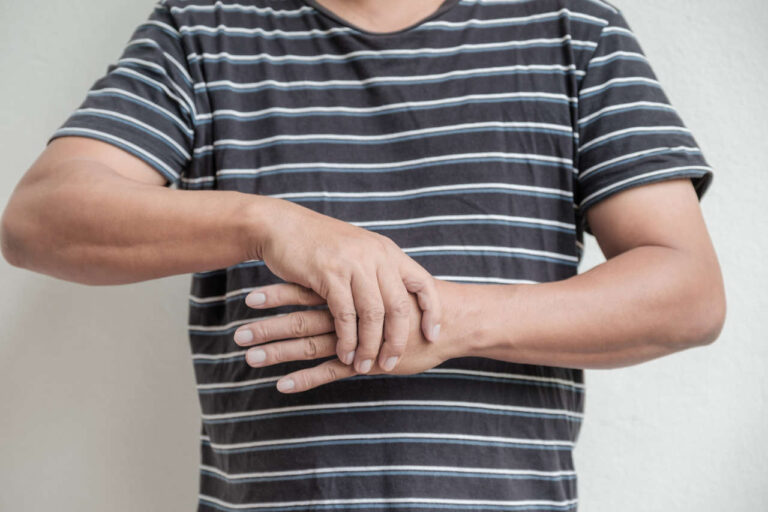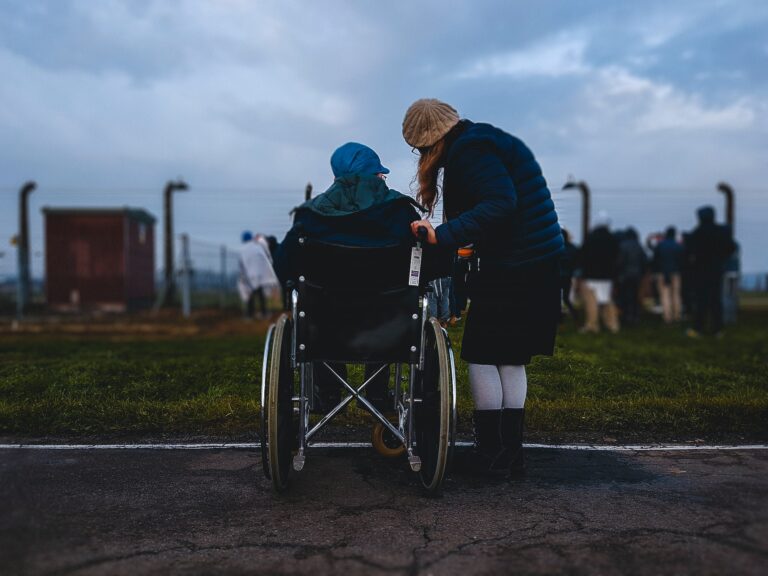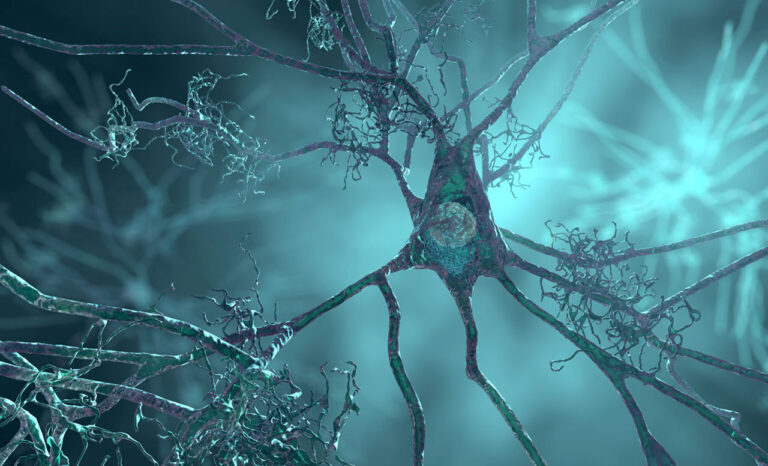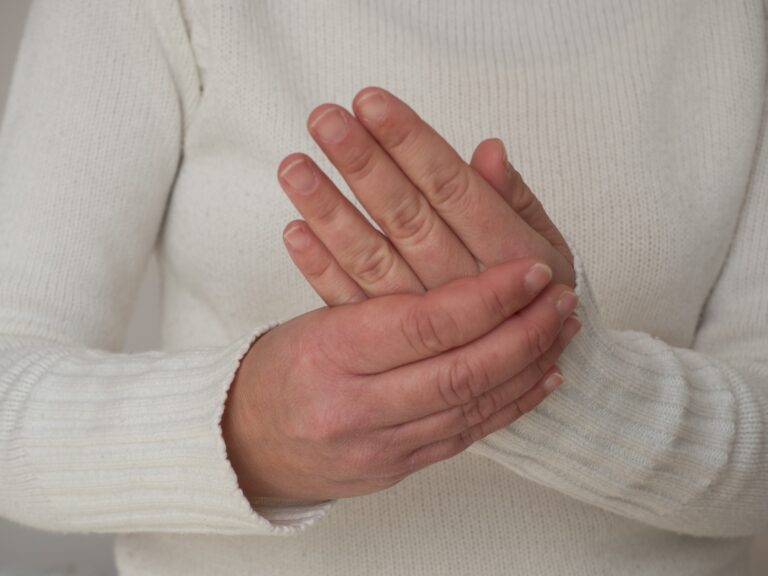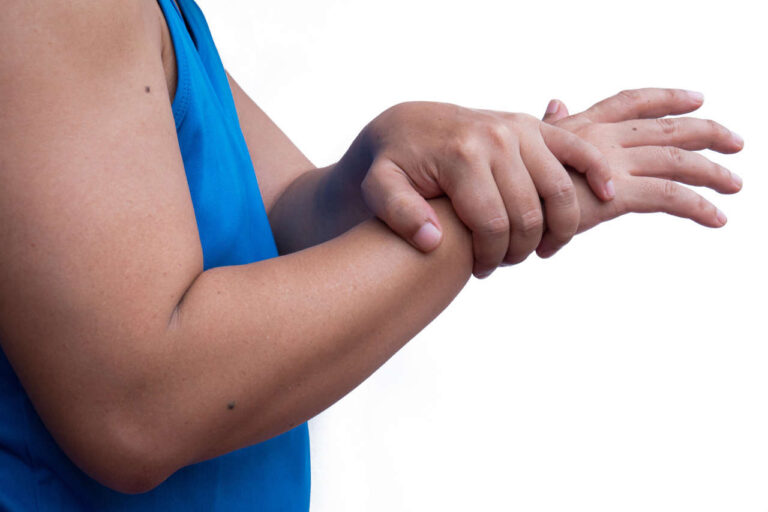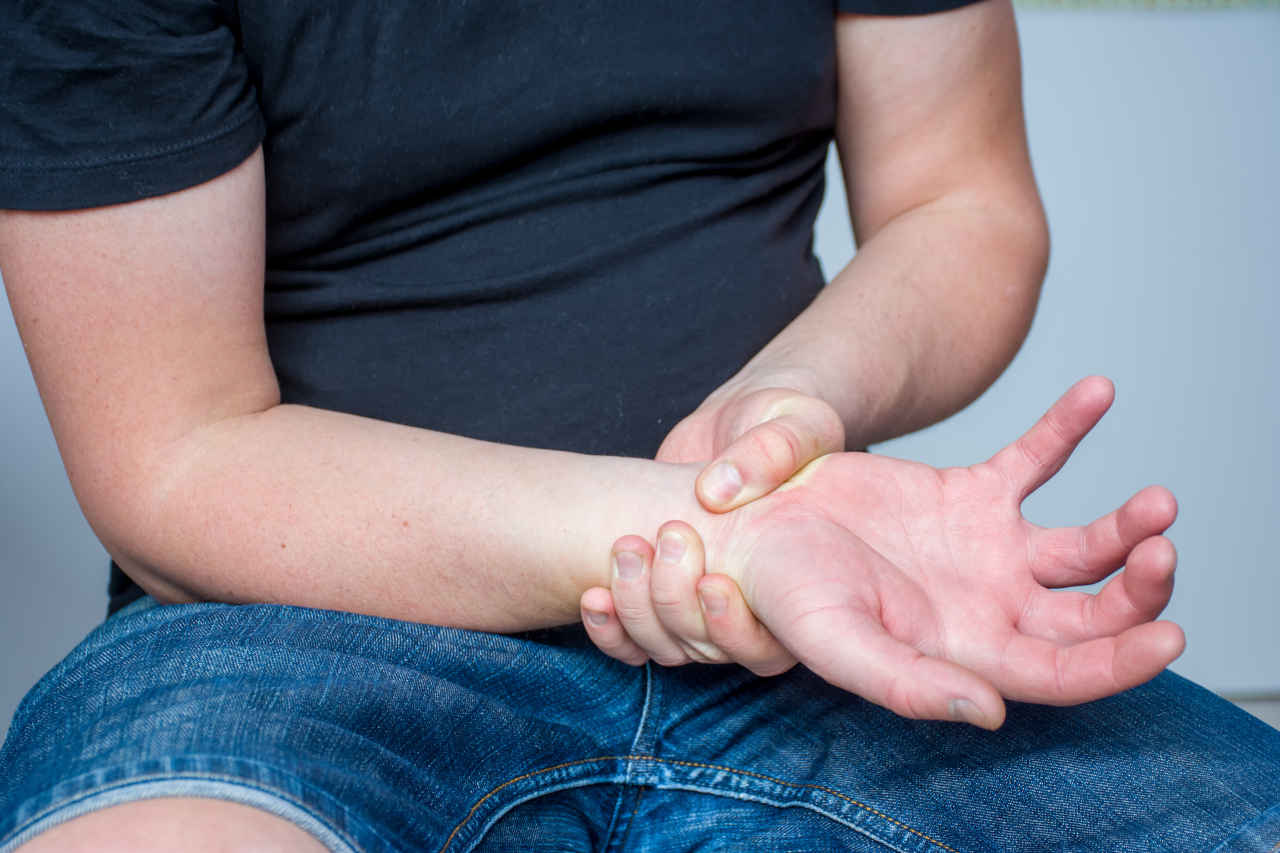
Polineuropatía Desmielinizante Inflamatoria Aguda (AIDP) y Polineuropatía desmielinizante inflamatoria crónica (PDIC) Ambos son trastornos neurológicos en los que el sistema inmunitario ataca sus propios nervios, lo que puede provocar parálisis. Si bien ambos trastornos presentan síntomas similares, difieren en duración y progresión. Comprender las diferencias puede ser crucial para el tratamiento de estos trastornos.
Asistencia para el copago de IgIV | Asistencia financiera para IgIV
¿Qué es la polineuropatía desmielinizante inflamatoria aguda (AIDP)?
La polineuropatía desmielinizante inflamatoria aguda (AIDP) es una trastorno autoinmuneSe produce cuando el sistema inmunitario ataca por error la vaina de mielina protectora de los nervios periféricos. Esto provoca debilidad muscular, hormigueo y parálisis. La AIDP es la forma más común de... Síndrome de Guillain-Barré, y su causa exacta no se entiende completamente.
¿Qué es la polineuropatía desmielinizante inflamatoria crónica (PDIC)?
La polirradiculoneuropatía desmielinizante inflamatoria crónica (PDIC) es otro tipo raro de trastorno autoinmune. Afecta solo a 2 o 3 de cada 100.000 personas cada año. En esta afección, el sistema inmunitario ataca los nervios periféricos. vaina de mielina Durante un período prolongado. También puede causar debilidad y parálisis. Esta afección es más crónica o prolongada que la AIDP.
¿Qué causa la AIDP y la CIDP?
Se desconocen las causas exactas de la AIDP y la CIDP. Ambas son enfermedades autoinmunes en las que el sistema inmunitario ataca y daña erróneamente la vaina de mielina que rodea los nervios periféricos.
Aproximadamente el 60 por ciento de los casos de AIDP ocurren repentinamente después de una infección, vacunación o cirugía [1Por otro lado, la PDIC se desarrolla lentamente y no está relacionada con una infección. Ambas afecciones afectan los nervios, causando debilidad y parálisis en cierto grado. Los científicos están investigando por qué ocurre esto y cómo tratar estas afecciones.
Síntomas de AIDP vs. CIDP
AIDP
Los síntomas de AIDP son comunes en todos los grupos de edad, aunque pueden variar según la persona. Estos son algunos posibles síntomas de AIDP:
- Una aparición repentina de debilidad
- Una sensación de hormigueo y entumecimiento.
- Pérdida del control muscular
- Dolor
- La percepción del tacto y otras sensaciones pueden verse afectadas.
- Parálisis de piernas, brazos y cara que afecta las actividades diarias.
- En situaciones críticas, los músculos respiratorios pueden verse afectados, requiriendo atención médica urgente.
La mayoría de las personas experimentan síntomas que empeoran durante hasta cuatro semanas antes de estabilizarse y finalmente mejorar.
PDIC
Los síntomas de la PDIC se desarrollan lentamente. Es más progresiva que la PDIA. El síntoma más común de la PDIC es la debilidad muscular que empeora durante al menos ocho semanas. Otros síntomas de la PDIC incluyen:
- Hormigueo y entumecimiento
- Pérdida de reflejos
- Pérdida del equilibrio y de la capacidad de caminar
- En algunos casos, dificultades para hablar y tragar.
- Visión doble
- Dolor
- Pérdida de masa muscular en los músculos afectados.
- Fatiga
Estos síntomas pueden variar en gravedad con el tiempo. El diagnóstico y el tratamiento tempranos son fundamentales para el éxito del tratamiento de la enfermedad.
Diagnóstico de AIDP vs. CIDP
Los síntomas de la AIDP y la CIDP son muy similares. Por ello, al principio es muy difícil diferenciarlos. Los médicos suelen confundirlos. síntomas de la PDIC con los de AIDP.
El diagnóstico de AIDP y CIDP implica considerar el inicio, la duración y la progresión de los síntomas. Estos son puntos clave útiles para el diagnóstico de AIDP y CIDP:
- Inicio de la enfermedad: La AIDP se presenta de forma repentina, generalmente después de una infección, cirugía o vacunación. Por otro lado, la CIDP tiene un inicio gradual y evoluciona durante al menos ocho semanas.
- Progresión de la enfermedad: En el AIDP, sLos síntomas de debilidad y entumecimiento progresan rápidamente en cuestión de días o semanas. La progresión de la enfermedad es más lenta en la PDIC. Si los síntomas duran más de ocho semanas, el médico puede sospechar PDIC.
- Historia de la infección: La AIDP a menudo aparece después de una infección, mientras que la CIDP no tiene un vínculo claro con una infección.
- Velocidad de conducción nerviosa (NCV) y electromiografía (EMG): Estas pruebas especializadas pueden mostrar patrones característicos de disfunción nerviosa, lo que juega un papel clave en el diagnóstico de AIDP y CIDP.
Hable con un especialista sobre la asistencia con los copagos
Tratamiento de AIDP vs. CIDP
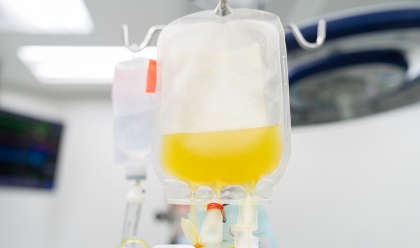
Existen varias estrategias para tratar la AIDP y la CIDP. Entre ellas, inmunoglobulina La terapia es la más eficaz. Estas son las opciones de tratamiento más comunes:
Tratamiento de la AIDP
La AIDP se trata con mayor frecuencia con inmunoglobulina intravenosa (IVIG) y plasmaféresis (intercambio de plasma) [3La IgIV ayuda a reducir la inflamación, acelerando así la recuperación. La plasmaféresis es un procedimiento que reemplaza el plasma sanguíneo para eliminar los anticuerpos dañinos que causan daño nervioso.
El tratamiento también incluye analgésicos y fisioterapia. En casos graves, los pacientes podrían necesitar asistencia respiratoria.
Tratamiento de la PDIC
Las opciones de tratamiento comunes para la CIDP incluyen inmunoglobulina intravenosa (IVIG), intercambio de plasma (PE), esteroides y medicamentos inmunosupresores [2La fisioterapia también es útil para pacientes con CIPD. Los médicos también pueden recetar analgésicos.
La PDIC es una enfermedad crónica que suele requerir tratamiento a largo plazo. Su equipo médico adapta el tratamiento a sus necesidades y supervisa periódicamente su evolución.
Preguntas frecuentes
A continuación se presentan algunas preguntas frecuentes sobre AIDP y CIDP:
1. ¿Puedo recuperarme completamente de la CIDP?
La detección y el tratamiento tempranos pueden mejorar el equilibrio, la fuerza y la calidad de vida. La PDIC requiere tratamiento a largo plazo. En ocasiones, los síntomas pueden desaparecer temporalmente y luego empeorar. Las personas pueden recuperarse por completo de la PDIC, pero podrían presentar signos de daño nervioso, como entumecimiento y debilidad, de por vida.
2. ¿Cuánto tiempo se tarda en recuperarse del AIDP?
Con el tratamiento adecuado, la recuperación puede tardar entre meses y un año. Alrededor del 77 % de los pacientes pueden caminar de forma independiente en un plazo de 6 meses.3]. Sin embargo, para algunas personas, la recuperación puede tardar hasta 3 años.
3. ¿Puede reaparecer la AIDP o la CIDP?
La AIDP suele presentarse solo una vez. Sin embargo, la CIDP puede ser crónica y recurrente. Algunas personas con CIDP pueden tener períodos de recuperación seguidos de recaídas.
REFERENCIAS:
- Trastornos desmielinizantes y axónicos periféricos. (sin fecha). https://collections.lib.utah.edu/dl_files/c6/02/c602fcad35455a41a40effc0494d3a2dfe40eeb8.pdf
- Oaklander, AL, Lunn, MP, Hughes, R., Van Schaik, IN, Frost, C. y Chalk, C. (2017). Tratamientos para la polirradiculoneuropatía desmielinizante inflamatoria crónica (PDIC): una revisión sistemática. La Biblioteca Cochrane, 2017(1). https://doi.org/10.1002/14651858.cd010369.pub2
- Knadmin. (13 de diciembre de 2023). AIDP/CIDP Parte 2: TratamientoConocimiento de PM&R ahora. https://now.aapmr.org/aidpcidp-part-2-treatment/

